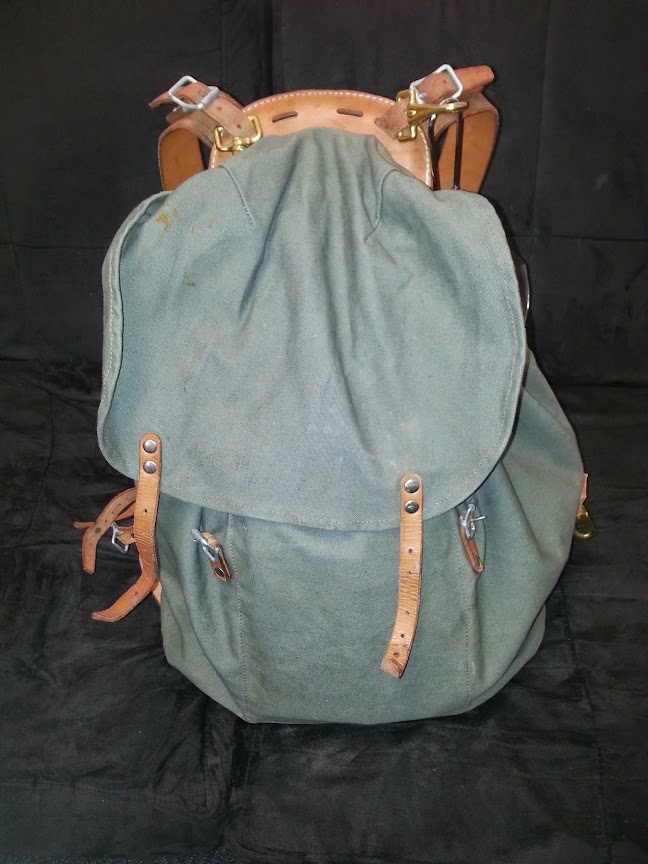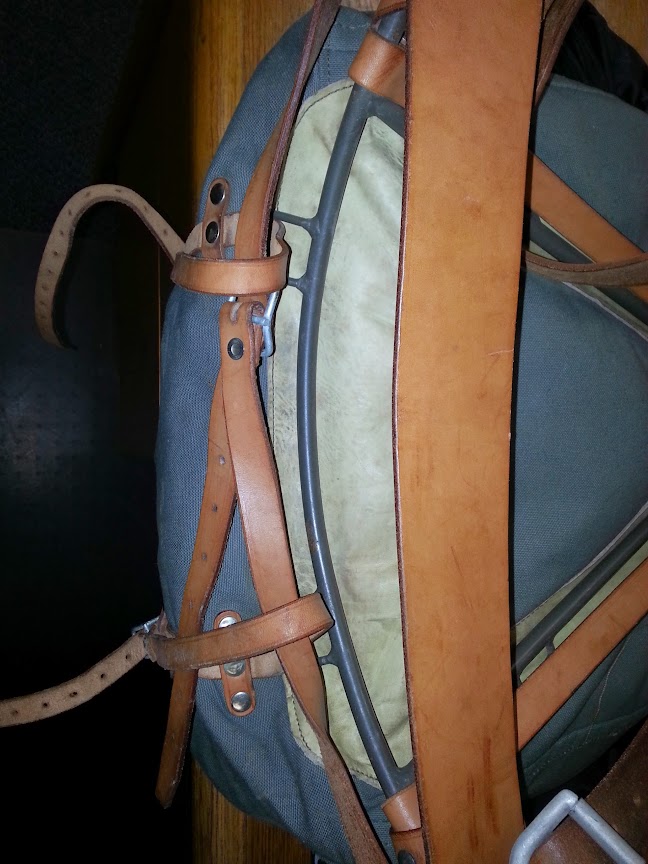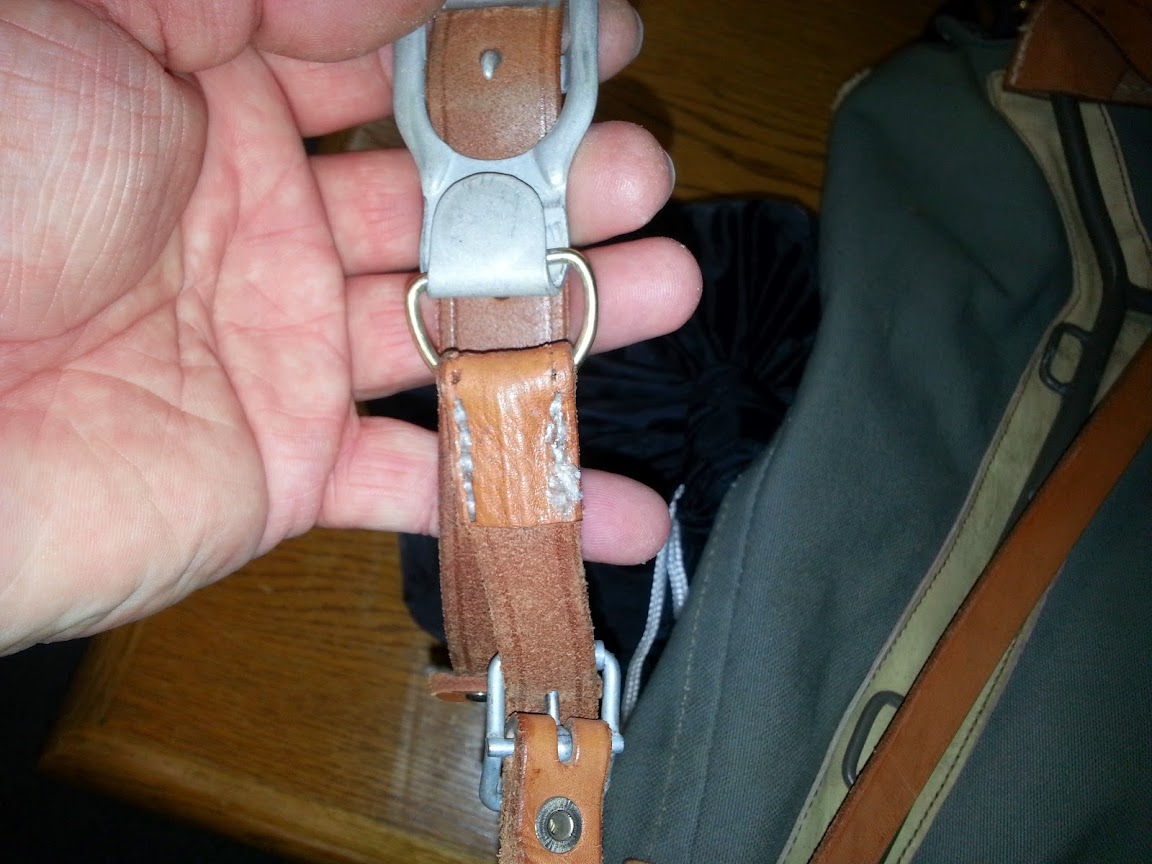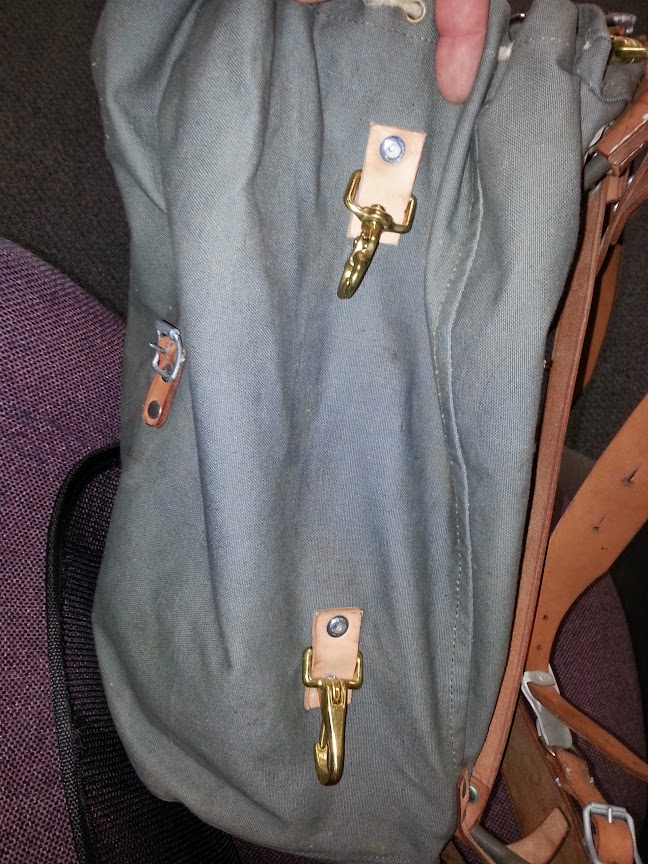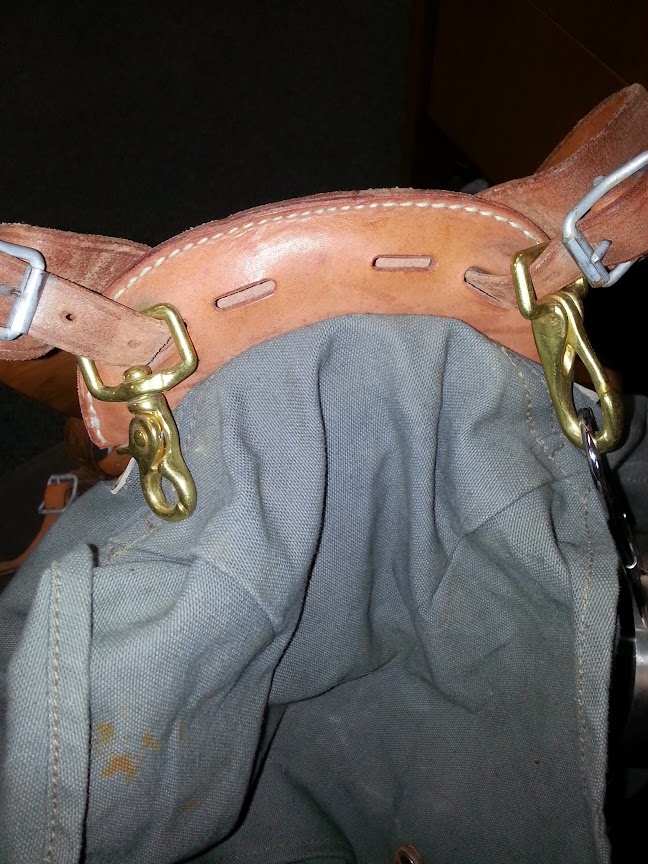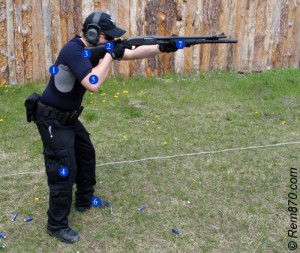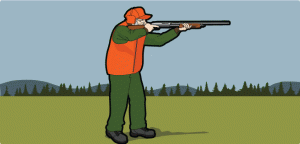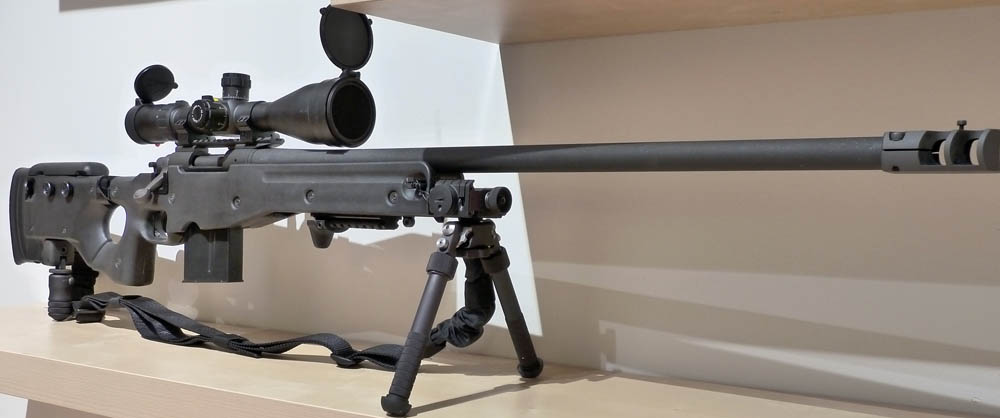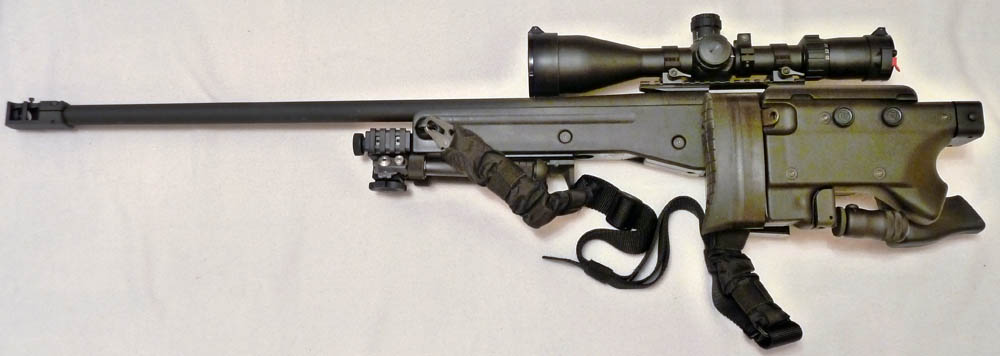by Woodsbum
There was quite a bit of chatter about my post last week. Almost all of it was related to my comments regarding the use of tourniquets. Because of this, I wanted to reiterate several of the things I said last week for those that had failed to read my whole post.
- “My opinion is that there is WAY to much emphasis based around the idea that people will be able to get to a hospital in a timely manner.” The places that I like to hunt, fish and camp are well outside of cell phone coverage and unaccessible except by foot or air. Most people I know that do serious backwoods activities are the types that understand that help might be 2-3 days (or longer) away if they get into trouble. Many don’t. Even more people, such as many that tried to attack my stance on tourniquets, live in a SHTF fantasy world where Emergency Rooms are still open and ambulances continue to operate. As stated last week, “there is WAY too much emphasis based round the idea that people will be able to get to the hospital in a timely manner.”
- “I have seen a lot of problems with most “field” first aid kits being produced and sold today in addition to the severe lack of proper training given to people in their use.” Most “field” first aid kits tend to be either constructed like a military kit or like an OSHA recommended kit you would see in a business. There tends to be little middle ground. Either you carry everything with you to include a kitchen sink or you have material for sucking chest wounds. My kit is personalized to the injuries I have encountered and well within my skill level to use.
- “Even the idea of using a Israeli emergency bandage is a far superior idea than drawing that dotted line with a tourniquet that says, ‘Cut off appendage here.'” Remember how I said, “there is WAY to much emphasis based around the idea that people will be able to get to a hospital in a timely manner?” This goes right along with that. If a tourniquet is applied for too long of a period of time by someone that doesn’t know how to properly release said tourniquet (read as hospital personnel), the limb can be lost. Not many people without extensive medical training know how to release a tourniquet properly. Now think about how many “gear junkie, combat commandos” there are. Should we really be teaching these barely trained people to use a tourniquet as a first line in control of hemorrhage? My opinion is that they are not educated enough in most instances to make that determination. All you have to do is watch a large city’s morning commute to agree with me.
Due to the wars in Iraq and Afghanistan there has been a marked increase in the use of the tourniquet as a first line of defense against exsanguinating limb injuries. The average time spent with the tourniquet in place was approximately 70 minutes. (Lance E. Stuke, MD MPH) This echoes my statement that a prompt evacuation to a higher tier medical facility was a significant factor in limb survivability. This has also led to other people agreeing with the use of tourniquets in a prehospital setting (Lee and Porter, 2007). Again, they are specifically referring to short term use of the tourniquet and not considering that it might be on the patient for the amount of time needed to muster a rescue operation. Even the National Highway Traffic Safety Administration has done studies regarding the use of the tourniquet (NHTSA, 2014). What is interesting to note about their findings is that most of their research that has a complete outcome of the patient listed is from military cases. They also note that there are “no studies identified for this report <to> provide a direct comparison of tourniquets and compression for treating trauma patients with extremity hemorrhage.” What this means is that the military’s new trend of using the tourniquet for a primary control of hemorrhage really is biasing the studies provided by the military. This should then assume military assets, trained personnel on site, and types of injuries that would rate the use of a tourniquet.
As a quoted article that was used to counter my opinion based on research and experience, the following was submitted to me (Risk, MD MPH FACEP and Augustine, MD FACEP). It does, however, echo my point dramatically. It quotes from the 2004 edition of Emergency War Surgery Manual, ““Use a tourniquet early, rather than allow ongoing blood loss. Substitutes for issued tourniquet include belt, torn cloth, gauze and rope, among others … does not require constant attention; allows first responders to care for others, extends resources.” Their take on limb loss is as follows, “Application for more than two hours may increase limb loss. Don’t avoid a tourniquet in order to save a limb, and then lose a life! Use of the tourniquet does not always lead to limb loss.” Considering the fact that I said “there is WAY too much emphasis based round the idea that people will be able to get to the hospital in a timely manner,” using a tourniquet as a first line of defense against hemorrhage should be highly scrutinized based upon transportation and availability to a hospital’s resources. Again, the link provided (Risk, MD MPH FACEP and Augustine, MD FACEP) supports my statements in the following way, “Although the studies continue to verify a lack of extremity injury attributable to the use of tourniquets, the ongoing improvement and reduction in transport times to tertiary levels of care further reduces those concerns.” My final point referencing this article is simply their way of stating the same thing I said, “Each of these points is meant to delineate the differences that would likely mean less civilian EMS use of tourniquets, more rapid transport and shorter times for their usage—hence, less potential for limb ischemia. Therefore, there should be far less hesitancy about using this tool at the appropriate time and for the appropriate patient to obtain rapid hemorrhage control. The limiting factors appear to be appropriate medical direction and protocols, equipment selection and adequate training,” of which being adequate hospital response time and proper training. YouTube videos really do not equate to proper training.
Of course there are several studies that show when a limb was salvaged and significant functional recovery was accomplished, the time with tourniquet in place was only 16 hours (Kragh, MD, Baer, PhD, and Walters, PhD 2007). Again, this was ONLY 16 HOURS!!!! It takes longer than that to reach my alpine elk hunting location, there is no cell phone reception there, and it takes longer than that to reach a location to connect to the nearest HAM radio repeater. Even this study used a combat casualty and the time frame for advanced medical care was 16 hours. I found another reference to a 24 hour tourniquet application where the patient was in a cold environment. The basis for the study and research conducted was a bit on the reporting versus scientific side, so I will not go into any depth or link that “article.”
For those of you who have read all my post and have done proper research into this topic, I hope you found it enlightening and now understand the restrictions that the tourniquet has regarding usage. It must be appropriate and the personnel must be trained. It is not a first line of defense against hemorrhage like many “weekend commandos” preach. It is both a life saving device and a crippling device all in a single package, so choose it wisely.
To fully follow up on my post Friday, I will reiterate that your kit should be multipurpose and fit within your particular needs. Here are my final thoughts and advice:
- If you do not feel comfortable in applying a tourniquet you should then get highly proficient with the other hemorrhage control options available.
- You should not use a tourniquet as your primary choice for hemorrhage control.
- If you are training for any of the possible SHTF scenarios, please remember that advanced medical care is not going to be readily available. Any possible way to remain completely independent and self sustaining is highly recommended.
- If you are in a combat situation, I would suggest that you follow your current protocols and standing orders per Chain of Command.





